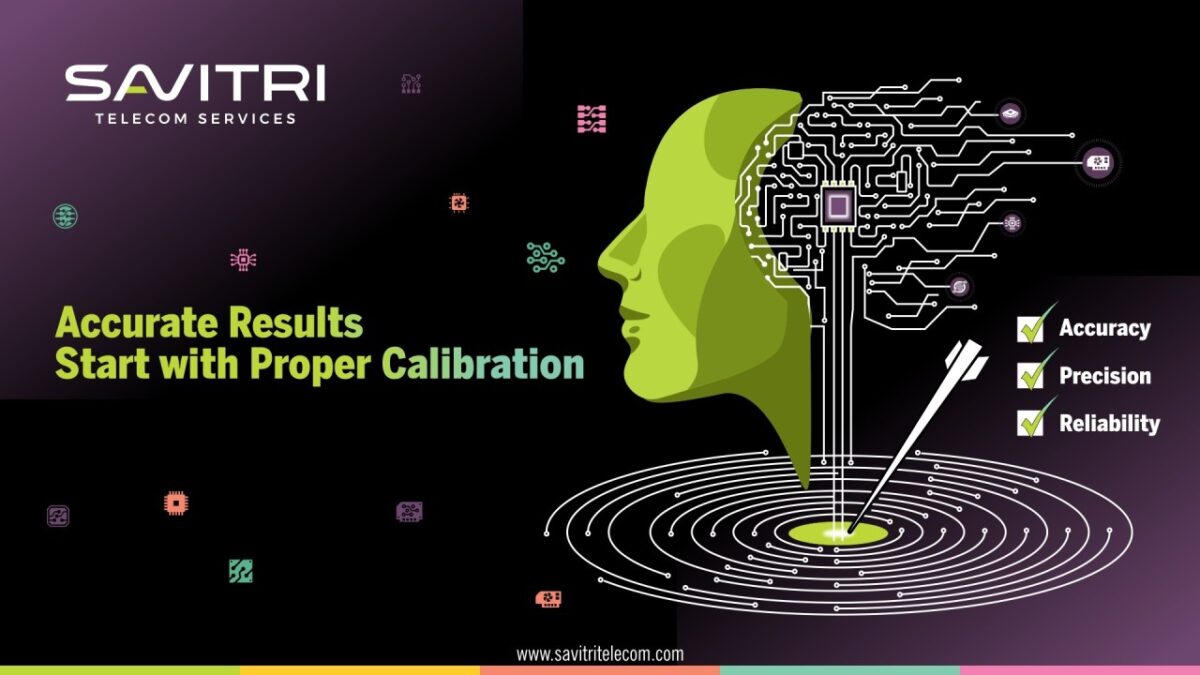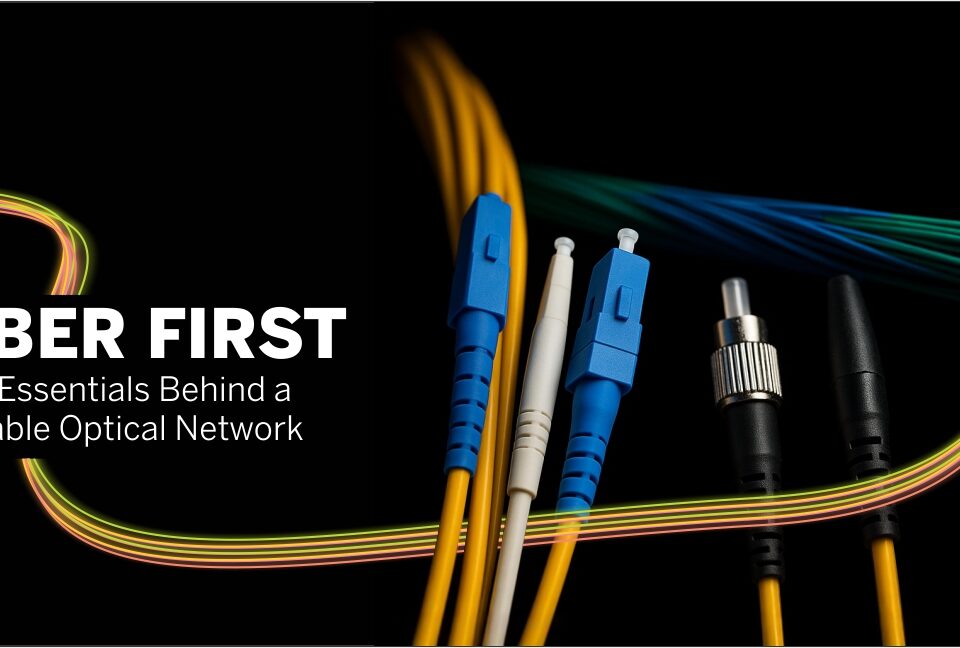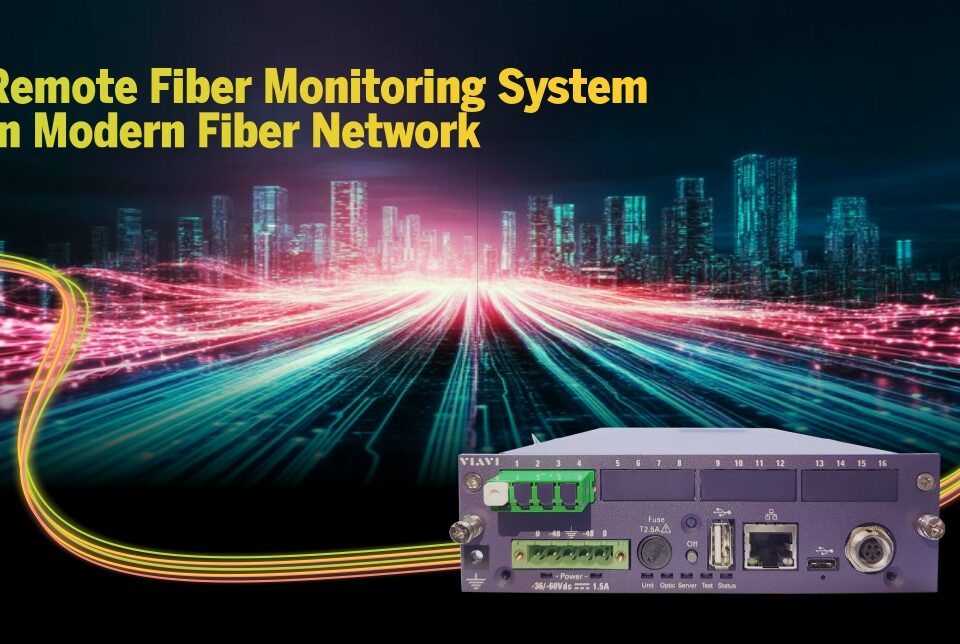Calibration Uncovered: What It Is and Why It Matters for Your Test Equipment?

Guiding Your Path to Fiber Excellence- An in-depth analysis of OTDRs!
January 6, 2025
Brain and Bot: A match made in heaven or a marriage destined to fail?
February 11, 2025Calibration is the activity of checking, by comparison with a standard, the accuracy of a measuring instrument of any type. It may also include adjustment of the instrument to align it with the standard. Related to calibration, we have the terms such as Accuracy, Tolerance, Error, and Uncertainty margin.
Accuracy is what is adjusted when an instrument is calibrated. It is the closeness of DUC (Device Under Calibration) results to the STD or true value. This ‘closeness’ is usually represented in percentage value (%) and can be shown in the same unit by converting it into an error value (%error). The closer the percentage value to 0%, the more accurate. The coefficient of variation (CV) is a measure of the reproducibility or closeness in value of repeated measurements.
Tolerance is the maximum error or deviation that is allowed or accepted in the design of the user for its manufactured product or components.
Error is the difference between the Device Under Calibration and Standard results after calibration. It has the same unit as the measured parameter.
Uncertainty is the ‘range of values’ where the true value or actual location of the measurement results (DUC) lie, while the Error is the ‘exact result’ of the difference between the DUC and STD which shows how accurate the measurement result is by showing the actual distance to the true or STD value. Thus uncertainty is a boundary within the measurement results to show the range of its actual location based on a given confidence level.
Calibration minimizes any measurement uncertainty by ensuring the accuracy of test equipment. Calibration quantifies and controls errors or uncertainties within measurement processes to an acceptable level.
The goal and purpose of calibration is to help ensure precise measurements. The benefits of calibration include improving safety as well as saving money and increasing profitability by avoiding the costs of false acceptance and rejection of products, increasing production efficiency, and extending the life of equipment.
Using uncalibrated equipment will lead to increased downtime and unexpected failures as it can affect and damage other parts of machinery and lead to wastage which can be pretty expensive for business and it is also risky for employees to operate the uncalibrated work equipment.
Test machines that are not correctly calibrated will often result in inaccurate results being obtained and hence could allow non-conforming products to enter the market. Product failures can be very expensive in terms of product recalls or loss of customer confidence.
The importance of the calibration of test equipment cannot be overemphasized. We in Savitri Telecom Services have test and calibration facilities for a variety of test equipment and we are in the process of enlarging the scope.





